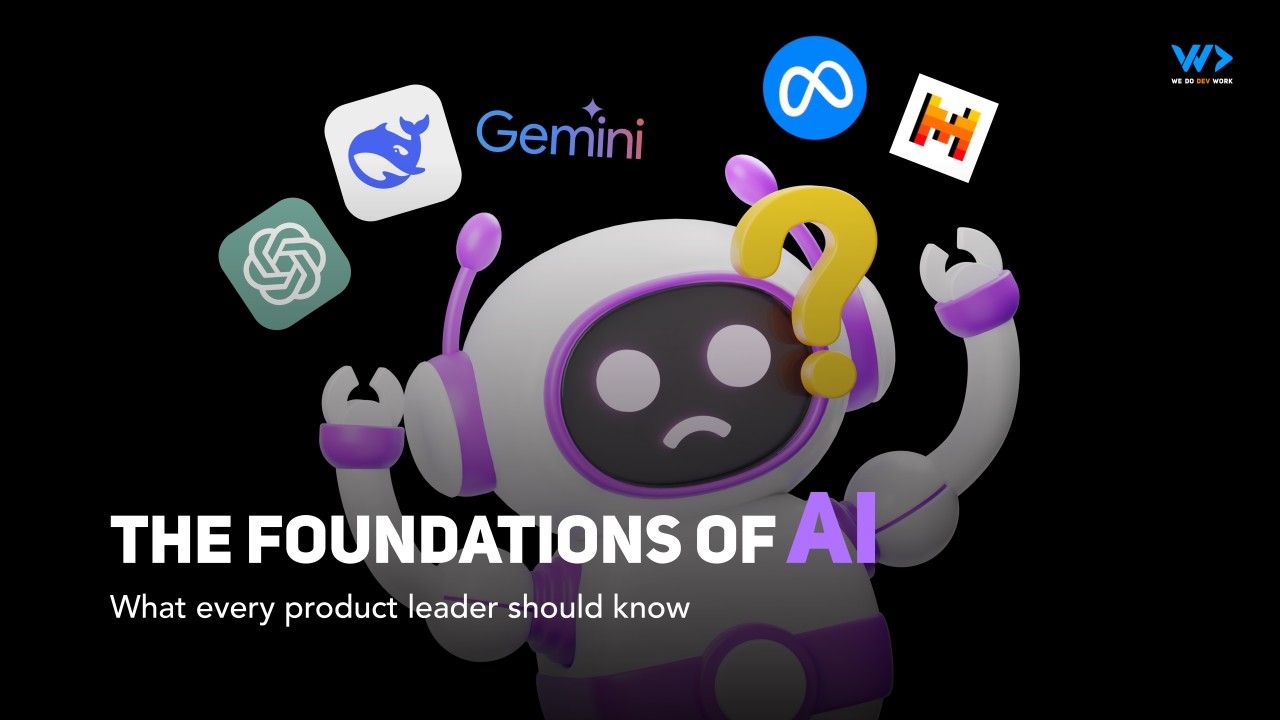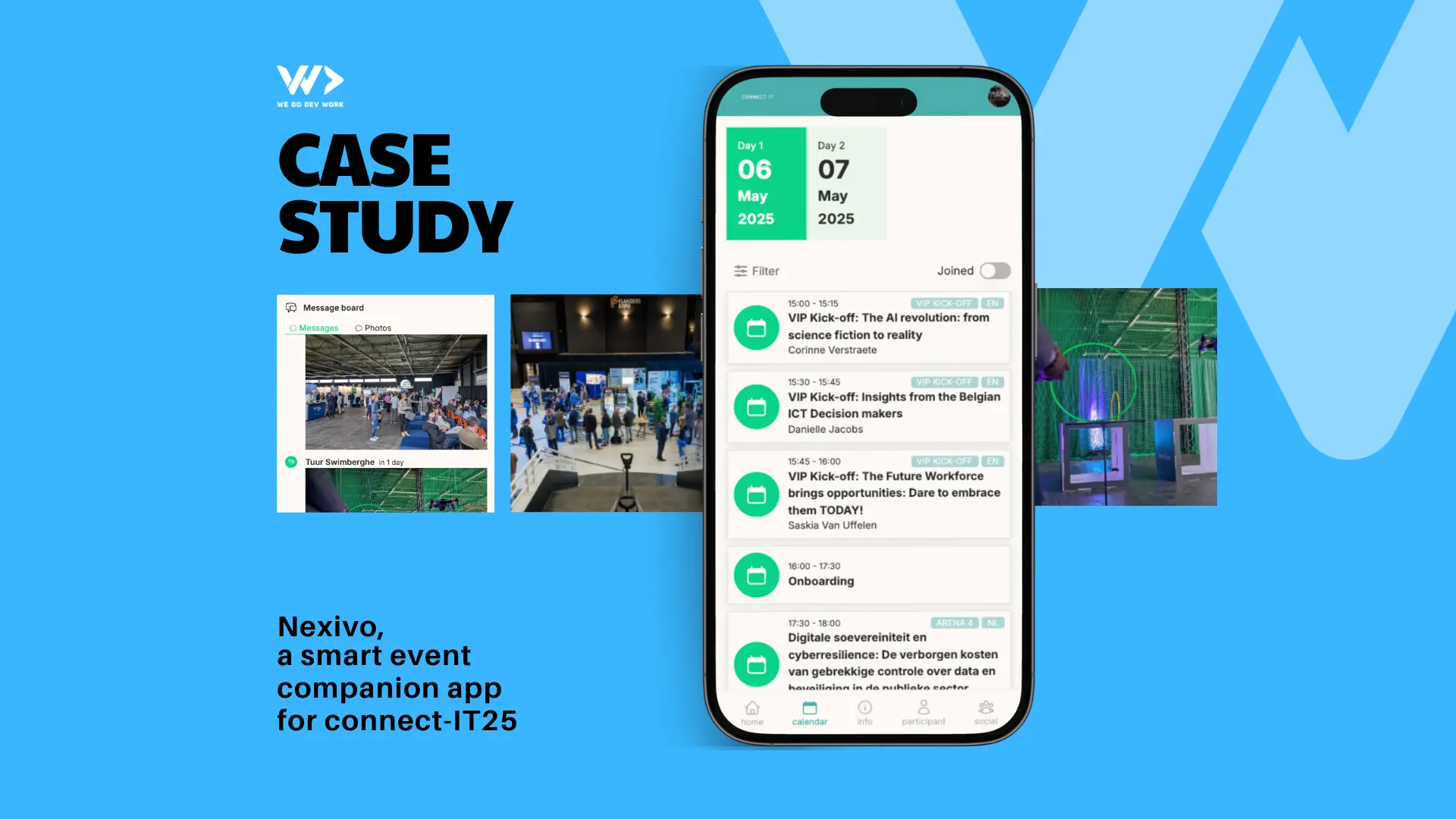
Avoiding common pitfalls in software development
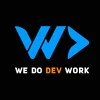
Software development is an exciting but complex process. It’s not a small investment for a business, involving many different people, each performing their own role to deliver a successful project. Even the most experienced teams can fall into traps that lead to delays, or even project failure in the worst cases.
We’ll explore some of the most common mistakes that happen during software development, and how to avoid them. It’s important not to underestimate your impact, whether you’re a business owner, project manager or software engineer.
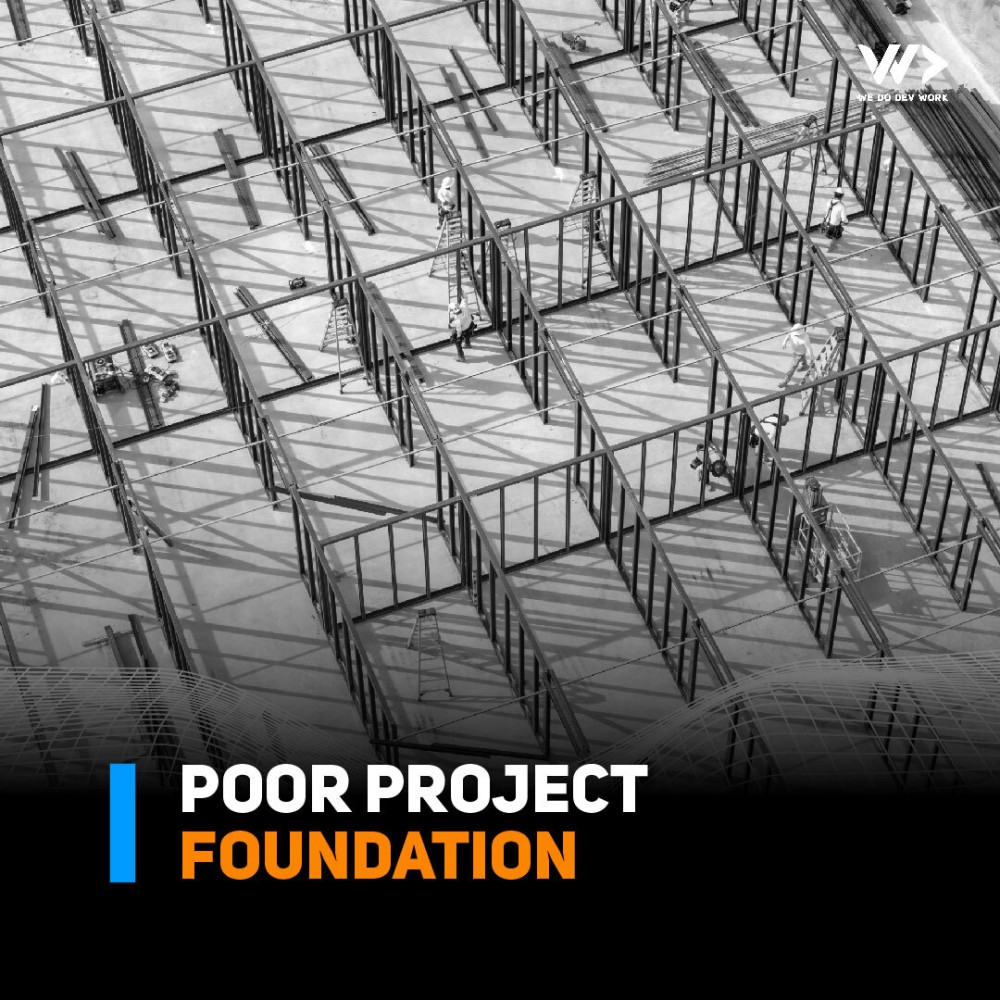
Poor project foundation
At the core of every project, there is an idea. A core feature that solves a problem that some people might not even know they have. The idea will transform business processes or become an integral part of customers' and users' lives.
When we lay the foundation of a new project, we gather requirements and try to come up with a list of concise features that support this core idea. Misunderstanding these requirements leads to scope creep and additional rework. What may have seemed like a few weeks of simple development work can turn into a war zone of difficult decisions. Quality will decline to meet deadlines, and technical debt will quickly accumulate. This leads to increased costs from replacing demotivated team members, additional maintenance work, and user dissatisfaction due to poor application performance.
How to avoid: conduct thorough research during the discovery phase, validate designs and plans with the stakeholders, and document every interaction to lower future disagreements.
- As a stakeholder: stay actively involved in the project, prioritize your immediate needs, ask for regular updates and give feedback.
- As a project manager: set clear boundaries and expectations, set realistic deadlines and respect them, maintain confidence from your client through transparent communication.

Choosing the wrong tech stack
When we’ve got a plan, it’s time for execution. A software architect will look at the project’s challenges from an engineering perspective and decide what tech stacks to use for which purpose. The decisions will be based on experience, application requirements, client requests, budget, etc. This includes the programming languages, frameworks, third-party API’s, testing tools and deployment infrastructure for building a software application. The tech stack should be neither over- or underengineered, it has to be adaptable enough for common changes yet provide enough out of the box features to develop the project in a timely manner.
Choosing the wrong tech stack can lead to performance issues, scalability problems, high infrastructure costs and complicated rewrites. And there are a few common mistakes that inexperienced software architects tend to make when setting up a project.
The first mistake is choosing a technology that isn’t open for changes. Some tools allow a developer to quickly create an application without even writing much code at all. But when the development team inevitably receives a new requirement, it can sometimes become very difficult to implement this in the closed framework that was supposed to boost efficiency. This is why many developers still prefer a traditional programming language or open source technology over “modern” no-code tools.
A second mistake is when the team has to work with a technology that they aren’t familiar with. Having to research the best approach within a framework for every requirement becomes a constant blocker that slows down progress. Not having experience will also be a cause for new bugs that go unnoticed through code reviews.
Poor (community) support is also another often overlooked achilles heel of software development projects. When a framework is likely to become outdated or lacks documentation, it will become difficult to maintain. Ensure the chosen technology receives regular updates and has an available talent pool for future maintenance.
How to avoid: when selecting a technology stack, always consider risks such as vendor lock-in, learning curve and security. Look at the long term maintainability and ask yourself how this project can scale to serve increased user loads efficiently. Research every framework selected thoroughly and set up a POC project to test the viability before committing to a long term development plan.
- As a stakeholder: don’t impose a tech stack onto your development team, involve them in the process to decide what technologies to use or choose a different team that is more experienced to work in the desired framework.
- As a project manager: communicate the architecture with all stakeholders and select a team that can confidently work together to deliver within the deadline using the technology stack that is right for the project.

Launch before testing
To meet tight deadlines, development teams might sometimes confidently claim they are ready to go live, only to discover critical issues after launch. Rushed testing leads to overlooked issues and therefore poor user experiences. Suddenly, these issues become a high priority and more costly to resolve.
How to avoid: a good QA process takes steps to combat production bugs by testing in multiple environments, user acceptance testing and canary releases before a full launch. Automation can be a major time saver, especially for frequently updated critical modules. It’s important to maintain high standards within the QA processes and ensure testing is part of the workflow rather than an afterthought.
- As a stakeholder: request quality over quantity, be realistic with deadlines and be involved in the UAT process. Set clear expectations around testing and monitor the testing process through regular updates and test reports.
- As a project manager: add buffers in the timeline, ensure alignment between the stakeholders and the development team about the definition of “done”. Plan in review meetings where the team members present their results and everyone agrees that the software is ready.
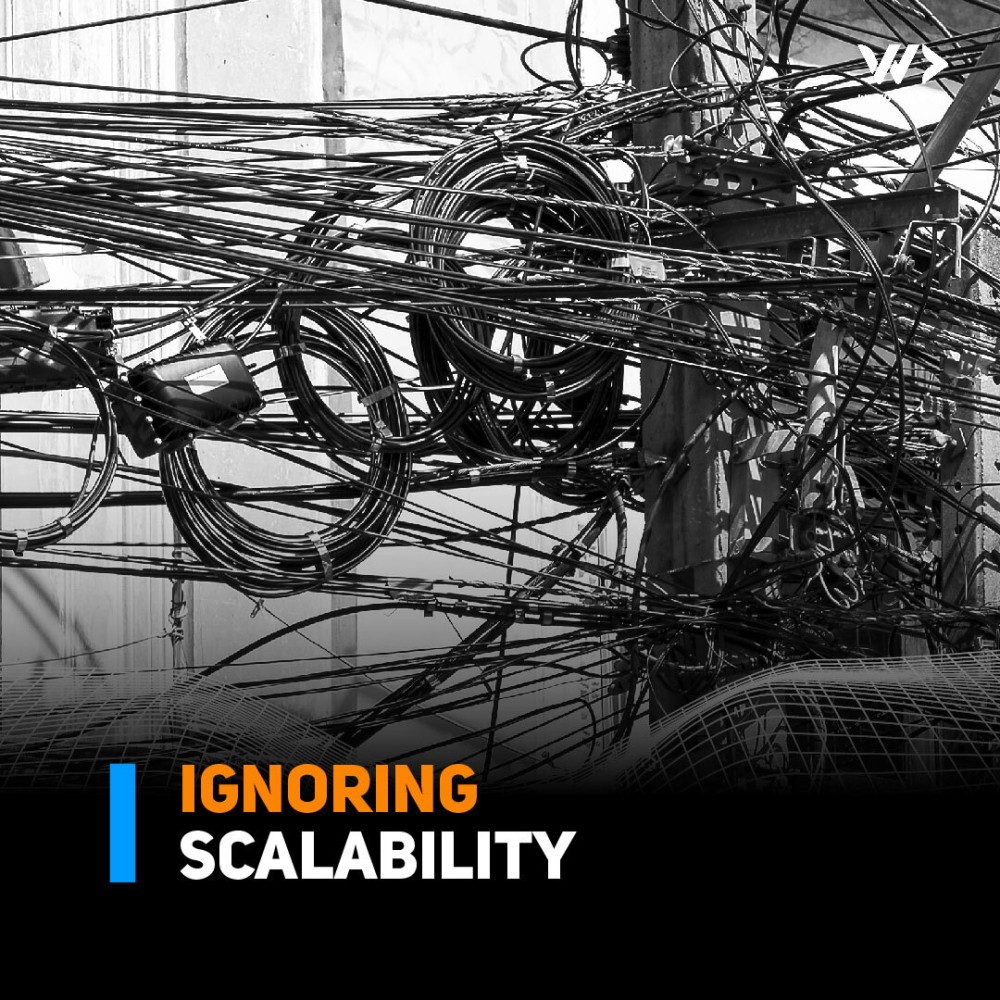
Ignoring scalability
The project is live, congratulations. The user base suddenly starts to grow. Your infrastructure now has to serve more requests than ever before, some services keep up while others start to struggle. The success now becomes a burden, as users experience bad performance and negative reviews start coming in.
While mitigating risks, it’s equally important to prepare for success. Infrastructure costs rise when short term scaling becomes a matter of spinning up more resources. Data breaches become a high risk as more users entrust your software with their data. Extending features becomes harder in a rushed and messy code base.
How to avoid: plan scalability from the start, follow best practices while writing code, setting up servers and storing information. Use microservices and consider cloud based solutions.
- As a stakeholder: declare your intent, what is the optimal scenario? What are some features you can dream of but - aren’t necessarily required for an initial MVP?
- As a project manager: ensure developer guidelines are followed, conduct internal audits and encourage a long term mindset within your team.
Conclusion
Every step of the software development lifecycle is equally important to deliver a successful project. Ignoring seemingly trivial processes can lead to technical debt that is costly to resolve or even result in project failure. At We Do Dev Work, we also make mistakes. We consistently have sprint retrospective sessions in each development team to shed light on these mistakes and improve our processes for the future. We try to be transparent in our communication with our clients and regularly engage them for input. We prioritize long-term, maintainable software applications and lasting client relationships over artificial deadlines.


